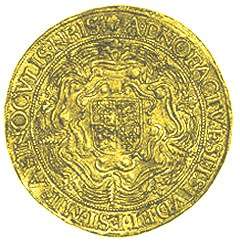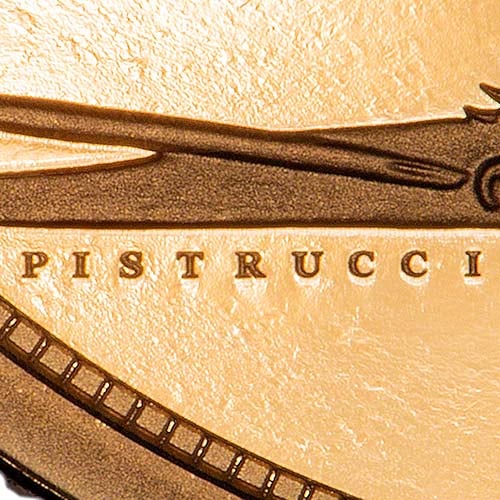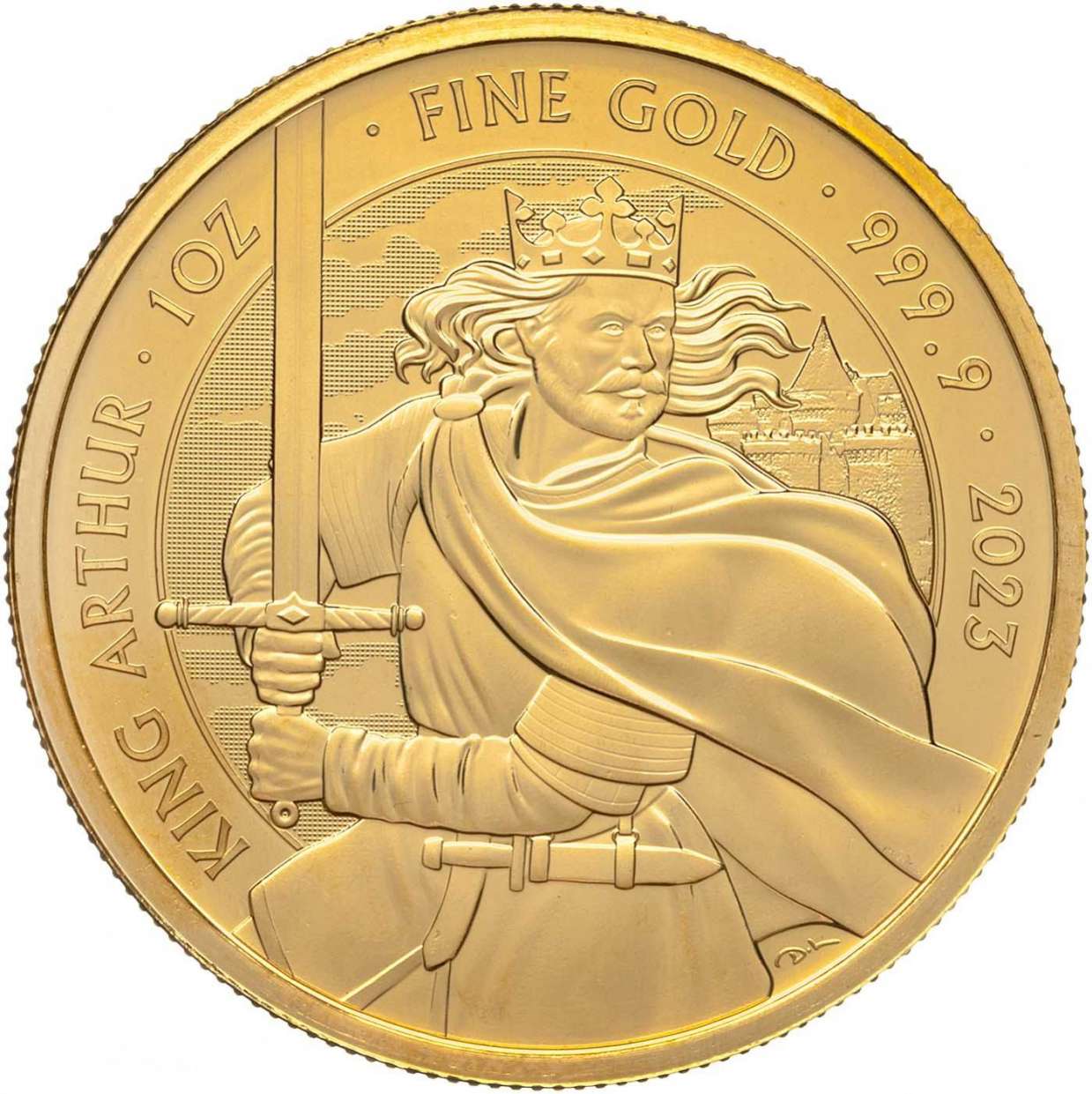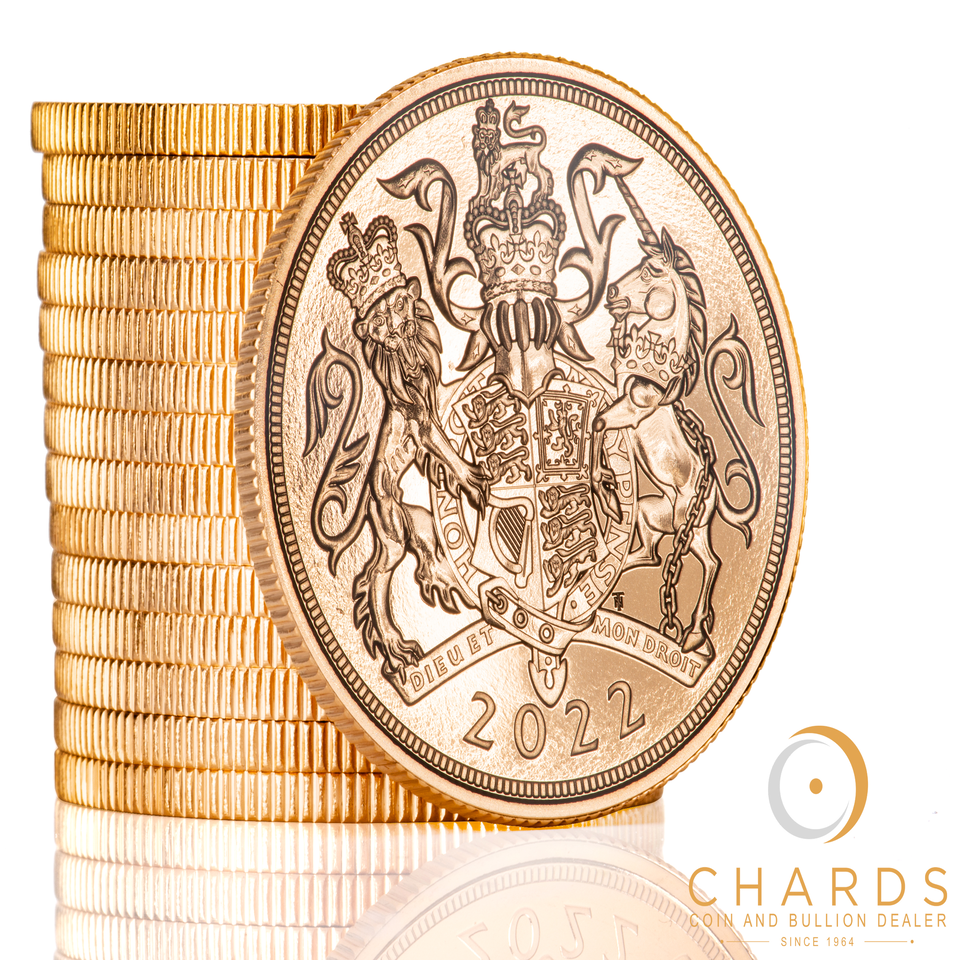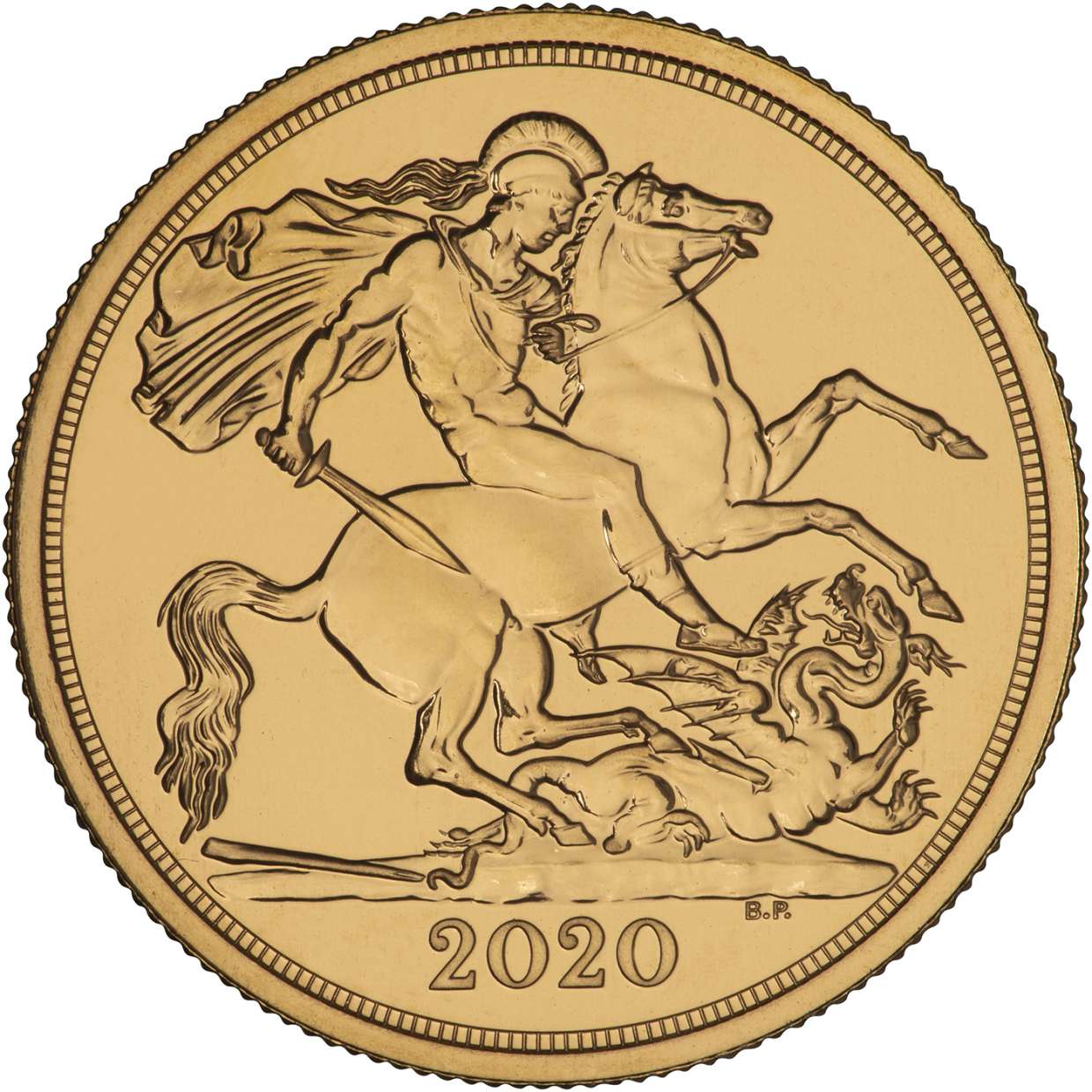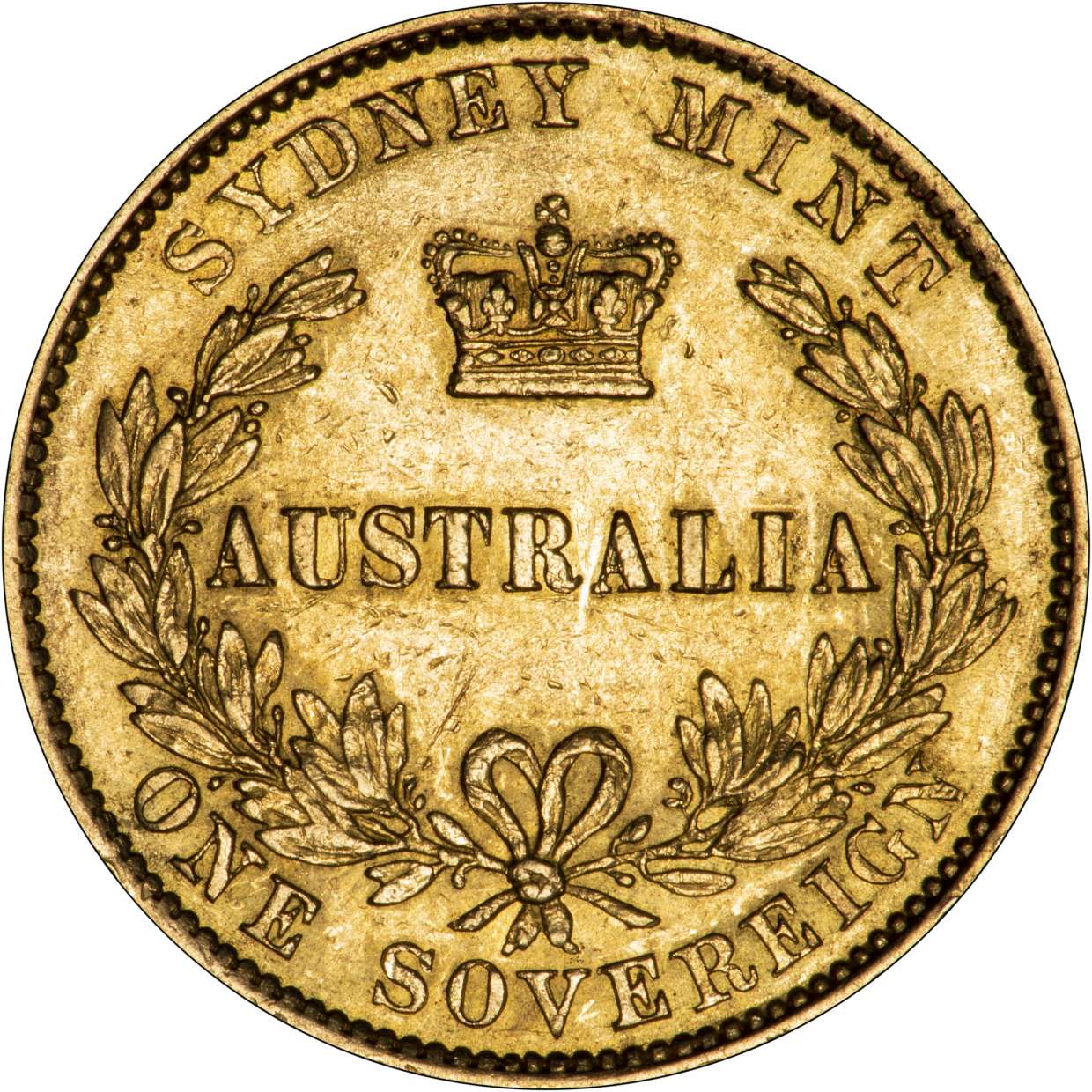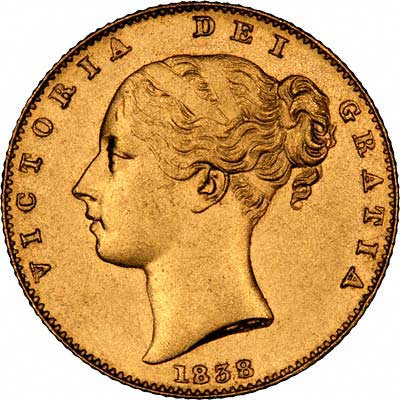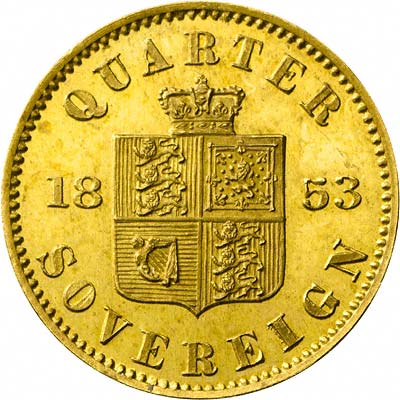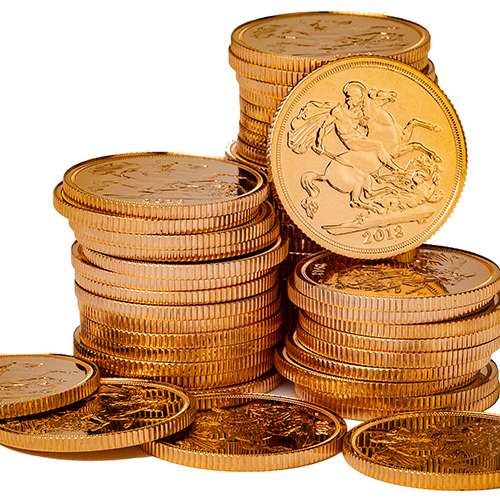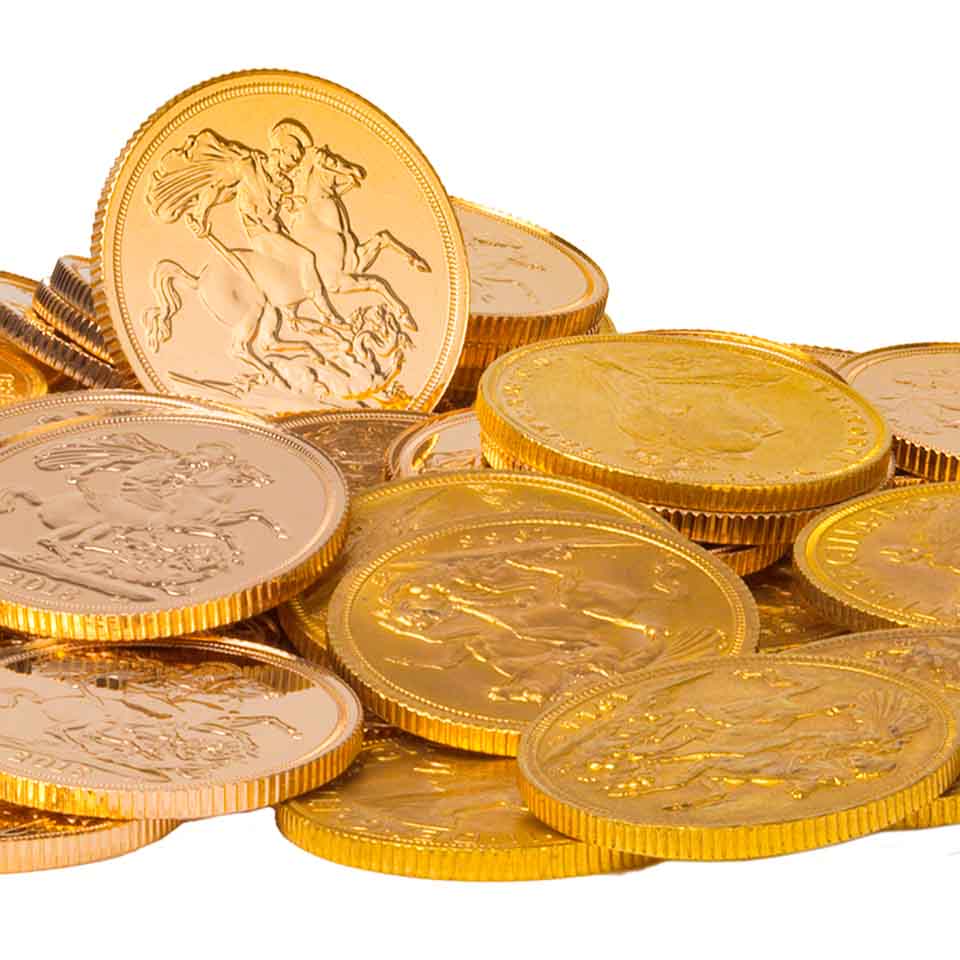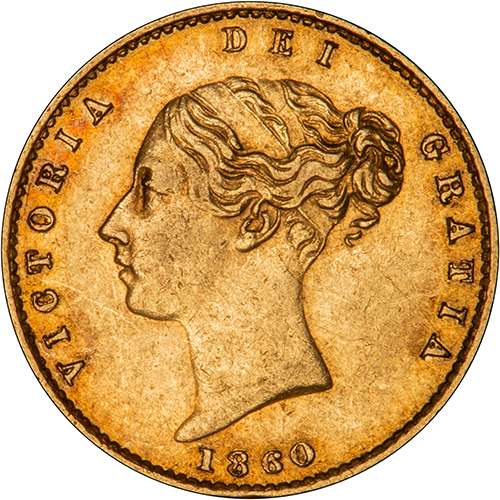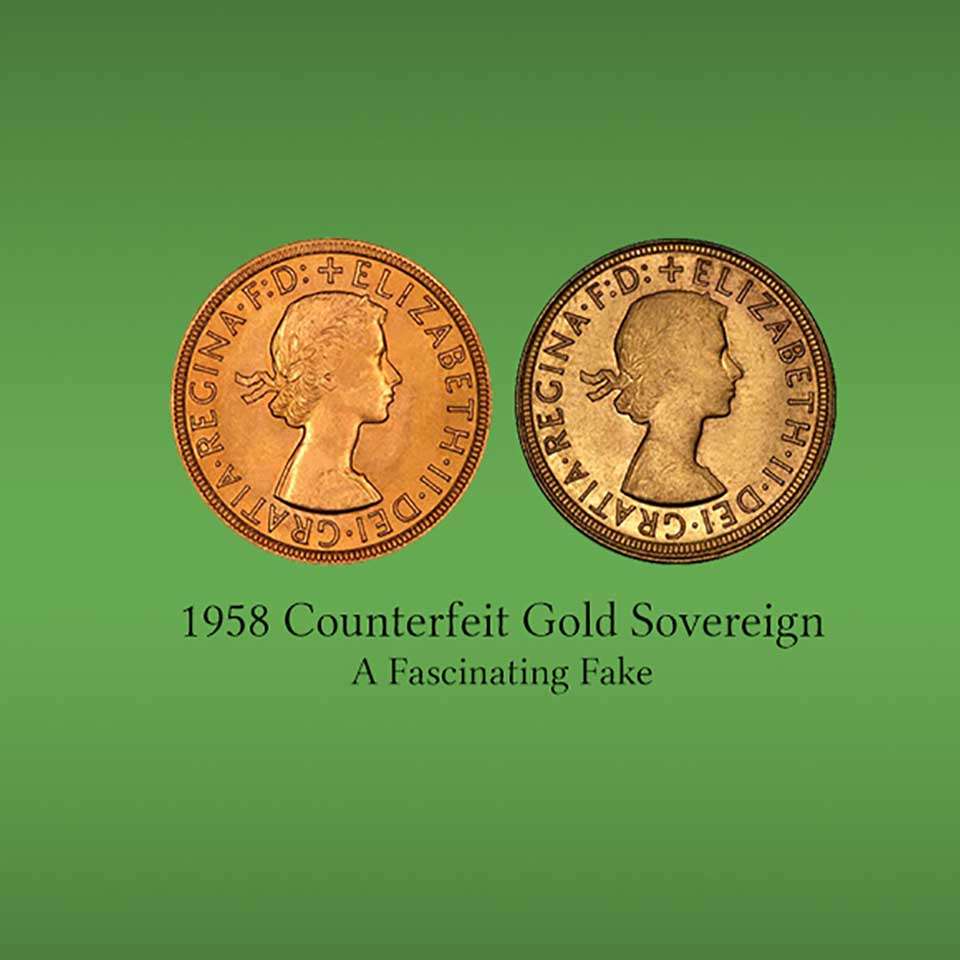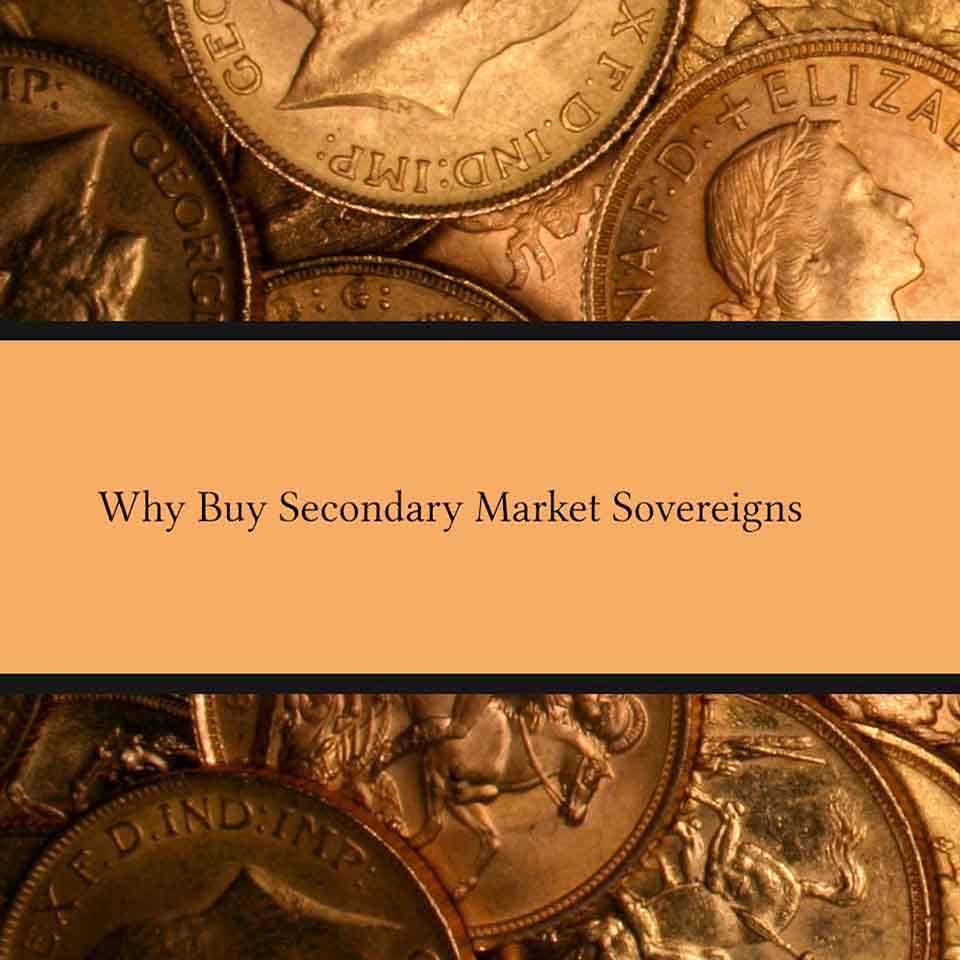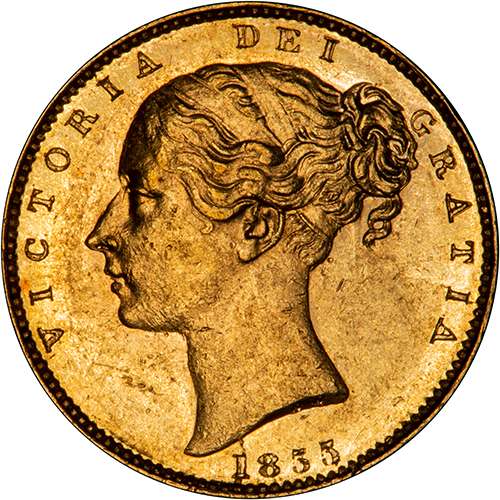The Modern Sovereign: From 1817
Synopsis
In 1817, there was a major change in the British coinage, powered by the Industrial Revolution. The Royal Mint moved from The Tower of London to new premises on nearby Tower Hill, and acquired powerful new steam powered coining presses designed by Matthew Boulton and James Watt. the modern sovereign was born!
Saint George & The Dragon
A new reverse design was introduced featuring Saint George slaying a dragon, designed by a brilliant young Italian engraver, Benedetto Pistrucci. This beautiful classic design remains on our gold sovereigns today, almost two hundred years later, and for most of its life must have been one of the worlds most widely recognised coins. This first St. George design was within a garter, and was used from 1817 to 1820. For George IV the garter was removed, and the dragon fight continued from 1821 to 1825, in conjunction with a laureate portrait of the King.




Shield Sovereigns
Shields had featured on the very first sovereigns, and a new crowned shield design was introduced in 1825 during the reign of George IV. This continued, with slight changes for William IV, and although a crowned shield continued to be used for Victoria, it was surrounded by a laurel wreath.

Shield Back Sovereigns
We often hear people refer to these as "shield back" sovereigns, although we simply call them shield sovereigns, the word back being superfluous and tautological, as none were ever produced with a shield on the obverse (front).
Related Blog Articles
This guide and its content is copyright of Chard (1964) Ltd - © Chard (1964) Ltd 2024. All rights reserved. Any redistribution or reproduction of part or all of the contents in any form is prohibited.
We are not financial advisers and we would always recommend that you consult with one prior to making any investment decision.
You can read more about copyright or our advice disclaimer on these links.



